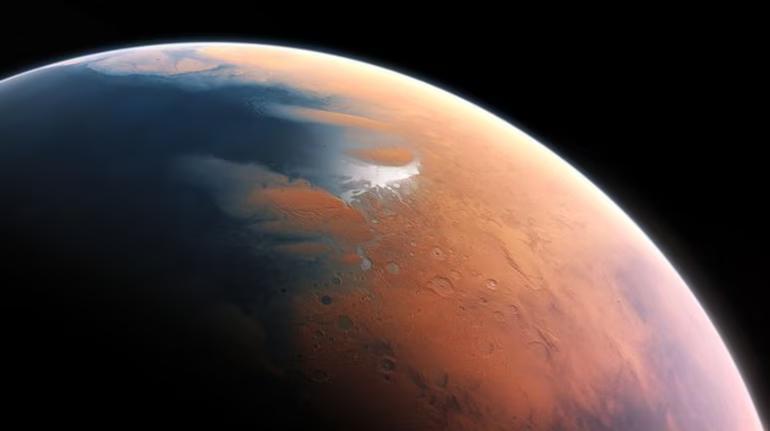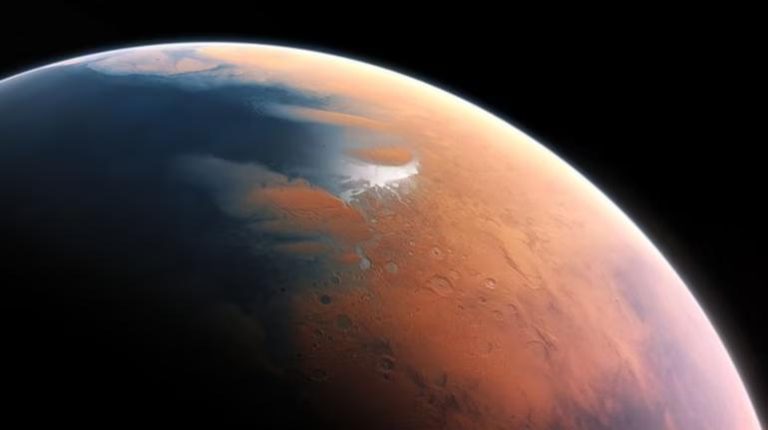
Mars may have once had rain & snowfall, finds new study
When we think of Mars, we often imagine a barren, rocky planet with nary a drop of water in sight. But a recent study by the University of Colorado Boulder has challenged this notion, suggesting that Mars may have once experienced rainfall and snowfall, feeding valleys and channels. This finding has significant implications for our understanding of the Red Planet’s history and the possibility of life existing there.
Studies have suggested that there is evidence that at least some water existed on the surface of Mars around 4 billion years ago. However, the source of the water has not been ascertained yet. The new study, published in the journal Science, has shed new light on this mystery by analyzing data from NASA’s Mars Reconnaissance Orbiter.
According to the study, the water that once flowed on Mars was likely seasonal, with rainfall and snowfall occurring during certain periods of the year. This would have created a unique environment that was conducive to life, with liquid water flowing through valleys and channels. The study’s authors suggest that this water would have been similar to the seasonal flooding that occurs on Earth, where rain and snowmelt fill rivers and streams.
The researchers used data from the Mars Reconnaissance Orbiter’s High Resolution Imaging Science Experiment (HiRISE) camera to analyze the planet’s surface features. They were able to identify specific types of geological formations that are indicative of past water flow, such as channels, deltas, and lakebeds. By studying these formations, the team was able to reconstruct the history of water on Mars and gain insights into the planet’s climate and geological evolution.
One of the key findings of the study is that the water on Mars was likely concentrated in certain regions, such as the ancient lakebed known as Gale Crater. This lakebed is thought to have been formed around 3.5 billion years ago, and it’s believed that it was fed by a network of rivers and streams. The study suggests that this lakebed may have been a hub of geological activity, with water flowing in and out of it over millions of years.
The discovery of seasonal rainfall and snowfall on Mars has significant implications for the search for life on the planet. Liquid water is a key ingredient for life as we know it, and the presence of water on Mars in the past suggests that it may have been possible for life to exist there. The study’s authors suggest that the discovery of water on Mars could be a “smoking gun” for the existence of life on the planet, and it could provide a new target for future missions to search for signs of life.
The study’s findings are also significant for our understanding of the Martian climate and its evolution over time. The planet’s climate is thought to have been much warmer and more humid in the past, and the discovery of seasonal rainfall and snowfall suggests that it may have been even more Earth-like than we previously thought. This could have implications for our understanding of the planet’s potential for supporting life in the future.
In conclusion, the recent study by the University of Colorado Boulder has provided new insights into the history of water on Mars, suggesting that the planet may have once experienced rainfall and snowfall. This finding has significant implications for our understanding of the planet’s climate and geological evolution, and it could provide a new target for future missions to search for signs of life. As we continue to explore the Red Planet, we may uncover even more evidence of its watery past and its potential for supporting life.






